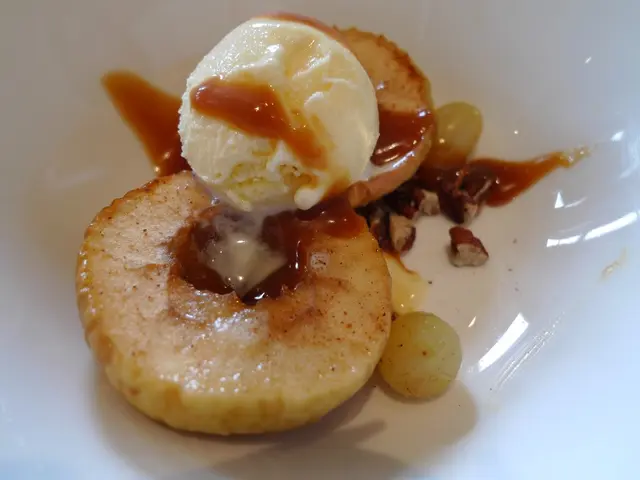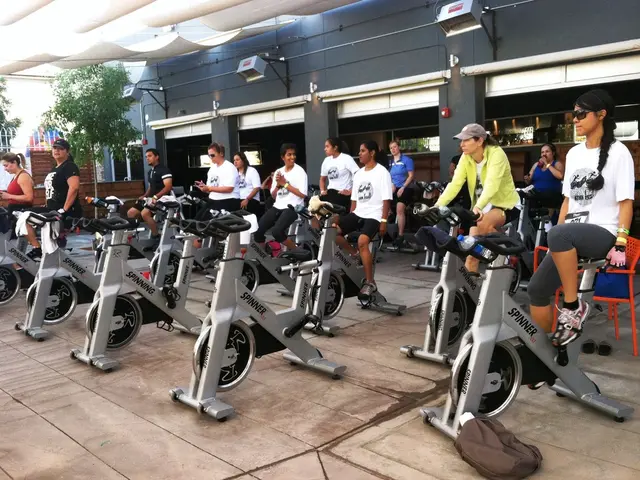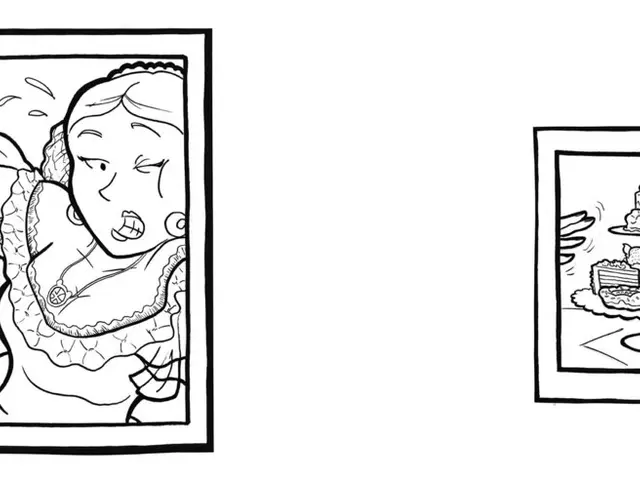Tower Experiment Involving Digital Currencies
Hey there, kiddo! Let's check out this super cool experiment called a "Coin Stack Stunt"! Sure, it sounds boring, but trust us, it's not! You'll be exploring Newton's First Law of Motion in a fun and interactive way. This law is all about how things keep on doing what they're doing unless something makes them change. It's like when you're in a car that suddenly stops, and you get pushed back in your seat—that's inertia, baby!
So, here's the deal: You'll need 8-10 coins (pennies, nickels, or quarters) and a nice, smooth surface like a table or countertop. Yeah, it's that simple!
Now, let's get stacking! Stack up those coins to create a tower. Next, get one of the coins from the top and aim it at the bottom of the tower. Wham! Let it fall and watch the magic happen! The bottom coin comes out, but the rest of the tower just sits there, like a rock! That's inertia, my friend!
Did you know you can also use a butter knife to slide the bottom coin out, instead of dropping one from the top? Mix it up and see what works best for you!
This experiment demonstrates Newton's First Law of Motion, which is all about how an object at rest stays at rest unless acted upon by a force. It's like saying, "Hey tower, you're chillin'? Cool, let's keep it that way!" But when you quickly remove the bottom coin, the tower doesn't fall. Instead, it stays right where it is!
By the way, this experiment also shows the power of friction. Friction is the force that helps objects stick together, but in this case, since you remove the bottom coin quickly, it minimizes the friction's effect on the remain coins. This allows the bottom coin to move without bringing the whole tower down.
Now, let’s take it up a notch! Try different surfaces, like a carpet. Build a taller or shorter tower and apply different amounts of force to the bottom coin. It's like becoming a mad scientist, except instead of creating monsters, you're learning science!
Want some more knowledge about this stuff? Inertia is the force that keeps objects moving or at rest. That's why it takes a lot of force to move a big truck, but not so much to move a bike. It's also the reason the top coin doesn't move when the bottom one gets removed in our experiment. Cool, right?
🔎 Tip: To learn even more, check out these related science activities, like the Balloon Rocket and the Water Pressure Bottle Rocket!
- After experimenting with the Coin Stack Stunt, why not engage your kids in some art activities? They could create their own designs using various colors and materials.
- For a hands-on STEM experience, consider organizing science experiments that focus on the principles of physics, like the Air Powered Car or the Egg Drop Challenge.
- In the realm of health and wellness, you might encourage them to participate in physical activities such as yoga, dance classes, or outdoor games like soccer or basketball to improve their overall fitness.
- To broaden their horizons even further, engage them in activities centered around chemistry, like homemade slime-making or volcano eruption experiments.
- Lastly, for those with a keen interest in space exploration, stimulate their intellect with activities like building a model rocket or shining a flashlight through a bottle of oil to learn about light refraction.







